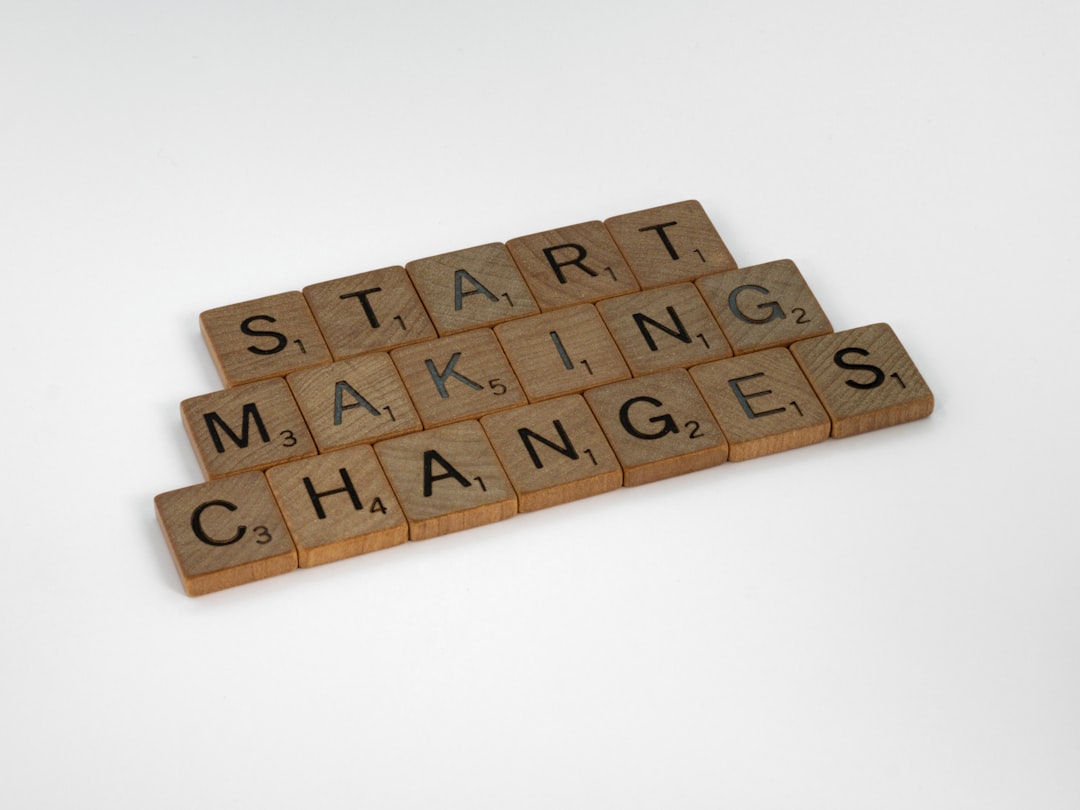For companies seeking to deepen customer engagement, gain strategic insights, and co-create value, a Customer Advisory Board (CAB) is an indispensable tool. A well-executed CAB provides direct access to the people who understand your product best—your customers. It allows you to align your product roadmap with market expectations, obtain feedback on performance, and build long-term partnerships. However, launching and maintaining a CAB requires precision, purpose, and ongoing iteration.
Setting Up a Customer Advisory Board
Establishing a successful CAB starts with thoughtful planning and clarity of objectives. At this stage, every decision you make—from member selection to meeting cadence—will shape the board’s long-term effectiveness.
1. Define the Purpose and Objectives
Before forming a CAB, determine what you aim to achieve. Are you seeking feedback on new product features? Do you want help prioritizing development initiatives? Are you aiming to improve customer satisfaction or understand user adoption trends? Having a clearly defined purpose will help shape every subsequent decision.
- Align CAB goals with your business strategy
- Determine KPIs to measure CAB success
- Create a vision statement specific to the board’s mission

2. Select the Right Members
Getting the right participants is one of the most critical talents in forming a successful CAB. It should not be seen as a sales opportunity or customer reward program, but rather as a platform for real dialogue and mutual benefit.
Look for:
- Diversity of Perspective: Include members from different industries, company sizes, and geographic regions.
- Strategic Roles: Choose customers who have a stake in your product’s evolution—ideally decision-makers or influencers.
- Engagement Level: Prioritize customers who are active users and show a consistent willingness to provide feedback.
Typically, a CAB has 8 to 15 members to allow for meaningful conversation while remaining manageable.
3. Appoint Internal Stakeholders
Your CAB should be sponsored at the executive level to ensure visibility and commitment. Assign roles internally to manage the program:
- CAB Executive Sponsor
- Program Manager (often from Customer Success or Product Marketing)
- Content Owner (usually someone from Product Management)
This cross-functional team will be responsible for designing the agenda, coordinating logistics, and turning feedback into action.
Running a Successful CAB
Once the structure is in place, running the CAB is about consistency, quality of interaction, and maintaining a strong feedback loop. The goal is not simply to share your roadmap but to create an environment for structured learning and strategic insight.
1. Set the Agenda Thoughtfully
Each meeting should have a well-balanced agenda that mixes company presentations, open discussions, and customer-led experiences. Avoid turning the session into a one-way briefing or sales pitch. Customers should feel they’re helping to shape your direction.
Potential agenda items include:
- Product roadmap review and prioritization
- Customer case studies or use-case evaluations
- Discussion on industry trends impacting their business
- Usability testing or feature validation

2. Foster Participatory Dialogue
Encourage all members to participate, not just the vocal few. You may need a professional facilitator for in-person meetings or well-structured prompts for virtual ones. Pose open-ended strategic questions like:
- “What problems are we not solving well right now?”
- “Where are we adding the most value?”
- “How are your industry needs evolving?”
Record all feedback without defensiveness. The CAB is not for defending past decisions but for refining future direction.
3. Provide Value to Your Members
For CABs to remain effective, customers must feel heard and valued. Tangible benefits include:
- Early access to product features or roadmap insights
- Networking with peers and thought leaders
- Recognition through speaking opportunities or co-authored case studies
Make sure to follow up with participants after meetings with summaries, action items, and timelines for new initiatives discussed during the session.
Iterating Your CAB Over Time
Your CAB should not remain static. As your business evolves, your CAB model should adapt. A stagnant advisory board risks becoming performative instead of strategic. Regularly assessing the format, structure, and content is essential for long-term value creation.
1. Measure Effectiveness
Track how CAB insights translate into business outcomes. Develop metrics such as:
- Product changes influenced by CAB feedback
- Customer retention rates among CAB participants
- Quarterly satisfaction surveys post-meeting
Internal stakeholder alignment is also important—gather feedback from your product, sales, and support teams to evaluate the strategic alignment of CAB discussions.
2. Rotate Membership Strategically
To keep perspectives fresh and access new insights, consider rotating membership every 12 to 24 months. Provide offboarding recognition and keep alumni engaged through newsletters or ad-hoc consultations. Carefully onboard new members with briefings on past meetings and expectations to maintain continuity.
3. Leverage Technology
For global organizations or highly distributed teams, a hybrid model of engagement may be required. Digital collaboration tools can supplement in-person meetings:
- Virtual whiteboards for collaborative ideation
- Surveys and polls ahead of sessions
- Private online communities for always-on dialogue

Common Pitfalls to Avoid
Many CABs fall short because of avoidable mistakes. Here are some of the most common to be mindful of:
- Lack of Follow-Through: CABs must lead to action. Not implementing suggested changes (or explaining why not) erodes credibility.
- Over-Selling: If customers feel they’re being pitched to instead of partnered with, trust is lost.
- Poor Member Selection: Including the wrong mix of people—either too junior, not invested, or lacking product use—can stall discussion.
- Infrequent Engagement: CABs should be a cadence, not a one-time event. Engage members quarterly with content and touchpoints.
Conclusion
A high-impact Customer Advisory Board is more than a feedback loop—it’s a structured, strategic partnership with your customers. When done right, it can influence your roadmap, improve customer loyalty, and identify opportunities for long-term innovation.
The true power of a CAB lies in intentionality. From selecting the right participants to planning effective sessions and iterating responsibly, each element requires commitment and care. By investing in a mature CAB program, companies can move beyond reacting to customers and start evolving with them.
